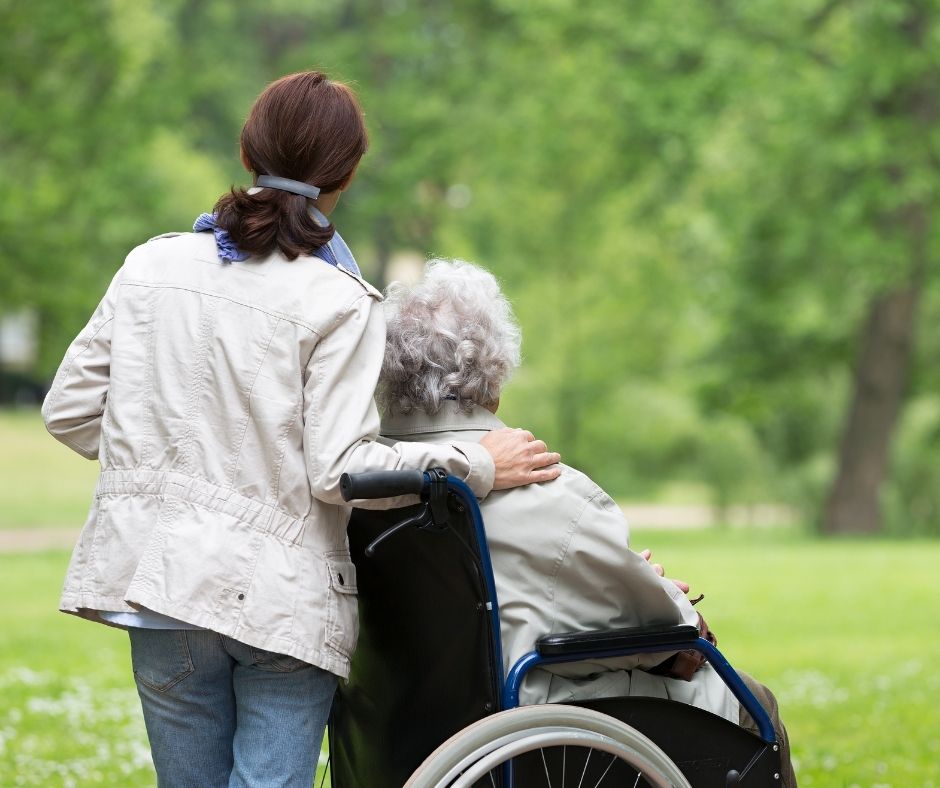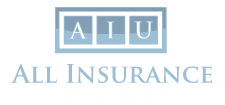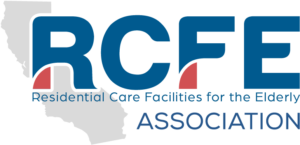Assisted Living Home Healthcare Association (RCFE Association)
Call 775-831-3132 to get appointed today or start submitting now by sending your submissions to SierraProfessional@aiuinc.com.
If not assigned one please send to SierraProfessional@aiuinc.com
Program Goals Utilizing AIU/Sierra Professional Insurance Services:
Reduce Loss experience for those association members who are committed to Best Practices.
Provide actionable Risk Management Caregiver tools that focus on most likely claims—see attached.
Deliver one-hour Risk Management class: “Reducing Worker’s Comp Insurance Costs & Exposures” see below.
Secure approval from California Department of Social Services for Continuing Education Unit credit
Provide Risk Management enabling preferred pricing for those association members who attend the class.

Fill Out Our Form for a Zero Commitment, Free Quote on How Much We Can Save You on Commercial Insurance.
Instructional Highlights & Training Exclusively Provided by Sierra Professional Insurance
A health and safety program. Such a program would include required pre-employment and periodic physical examinations, an established incident-reporting system, proper maintenance of employee and medical exposure records, and continuing safety and health education.
Emergency evacuation plan – adequate number of accessible, properly illuminated emergency exits that are equipped with panic hardware. Exits clearly marked and unobstructed to allow for the expedient evacuation of workers in the event of an emergency. A public address system is essential so that emergency instructions can be heard by everyone on site. The building should be equipped with smoke and fire alarms, and these devices should be tested regularly to ensure proper functioning.
Designates a safety officer/manager to report on whether company-wide safety standards and guidelines are being met.
New Hires – Certification and licensing checks of all individuals who apply for professional positions before extending a formal offer of employment. New hires are assigned to work with only the most experienced employees and, ideally, volunteers should not be left alone with residents for prolonged periods of time. There should be plenty of direct supervision until new hires/volunteers have proven themselves capable of handling all assigned duties and tasks.
Good Housekeeping – Aisles, hallways, and other walkways are free of clutter and debris. The premises is cleaned on a daily basis. Floors are swept, mopped, or vacuumed every day, and floor coverings in good condition and securely anchored. All worn, torn, or loose floor coverings are repaired or replaced promptly. Spills mopped up promptly and “Caution – Wet Floor” signs displayed over the affected areas. Trash is removed from the premises daily. Telephone and electrical cords are routed along walls and away from doorways and walkways.
Good Flooring Conditions – hardwood or tiled floors swept or dry mopped every day, and wet mopped on a routine basis. Loose floor tiles are repaired or replaced promptly to help prevent tripping incidents. Carpeted areas vacuumed daily.
Spills mopped up immediately and “Caution – Wet Floor” signs displayed over wet areas. Nonslip flooring installed or heavy-duty nonslip mats placed over areas that are prone to wet spots. Floors in laundry facilities and kitchens may be prone to wet spots due to spills, which could contribute to slips and falls.
Furniture in good condition with rounded edges and smooth surfaces. Furniture is regularly inspected by a qualified professional and repaired or replaced as necessary.
Restrooms maintained regularly and adequately. Slips and falls could occur if floors are not kept clean and dry, or if wet areas are not marked indicating the floor is wet and caution should be exercised.
Employees receive appropriate vaccinations – those who could be exposed to communicable or infectious diseases from contact with infected residents are required to receive vaccinations (if available) on a routine schedule. Records of employees’ vaccinations are kept in their personnel files.
Required regular hand washing and boxes of neoprene (i.e., non-latex) surgical-type gloves are readily available in all bathrooms, residential bedrooms, and medical offices.
Proper lifting techniques training. Employees and volunteers are taught the proper way to push and maneuver manual wheelchairs. Resident assistants should be strongly encouraged to seek help from a co-worker before attempting to move or lift mobility-challenged individuals from awkward positions. Employees should have periodic reviews and continuing education on how to lift patients.
Food service employees training in the proper use of all food preparation equipment. For food service personnel, burns and cuts from accidents involving hot stoves, grills, ovens, and other food preparation equipment may be common.
Dining hall tables arranged with extra-wide aisles between them to allow room for food servers to maneuver their way around residents’ mobility-assistance devices.
PPE used by ee’s handling chemicals – Employees who work in on-site laboratories and those who perform housekeeping duties, groundskeeping chores, or building maintenance tasks may come into contact with various types of chemicals, some of which could cause eye, skin, or respiratory irritation.
Eye Wash – On-site medical laboratory equipped with an emergency shower and/or hand and eye wash station.
Safety data sheets (SDSs) – Workers should be made aware of the hazardous substances with which they work. Safety data sheets (SDSs) must be available in an easily accessible area for workers to read.
Ladders and tools in good condition – Building maintenance workers could be injured while making building repairs. Workers could sustain falls from heights while using damaged or defective ladders or injure themselves while attempting to operate handheld power tools without the proper training.
Properly Grounded Equipment – Contract with licensed technicians who specialize in the repair and maintenance of medical equipment.
Trained groundskeepers and guarded equipment – Equipment that has fast-moving parts or sharp edges is equipped with the necessary guards to help prevent such injuries as accidental dismemberment, cuts, and lacerations.
Hearing protection – A lot of landscaping and carpentry equipment can emit loud noise when it is in operation, which could contribute to gradual hearing loss over time.
Sufficient number of workers, proper schedule, and breaks – Employees maintain the same (or similar) work schedules from one week to the next because rotating shifts can disrupt regular sleep patterns and contribute to worker fatigue. A sufficient number of breaks are scheduled to help combat worker stress and fatigue, and workers are strongly encouraged to take them.
MVR checks and driver safety training – If the insured employs drivers for transporting residents to and from off-site medical appointments and social events, these workers will face an increased possibility of being involved in motor vehicle accidents.
15 Passenger Vans – Proper Precautions taken and transporting persons in wheelchairs safely
Emergency medical care and first aid – Employees are instructed in basic emergency first aid procedures, including cardiopulmonary resuscitation (CPR). First aid kits are conveniently placed throughout the premises, and workers are informed of their location. First aid kits also are located in the insured’s vehicles.
MVR checks and driver safety training – If the insured employs drivers for transporting residents to and from off-site medical appointments and social events, these workers will face an increased possibility of being involved in motor vehicle accidents.
Training on handling problematic residents – Disoriented residents may injure employees. Provide training on how to handle residents who may be disoriented because of medication, emotional or other problems, or a particular medical condition.
BBP Program – Workers required to wear gloves and face masks when cleaning bodily fluids.
If Applicable…
Lift Assist Devices – The insureds keep a wide variety of lift-assistance devices on hand for workers to assist residents in all different types of situations. These devices are easily accessible to all employees who would need to use them on the job, and they are kept especially close at hand in areas where it could be expected that workers would be using them often.
EE’s trained on assessing which lifting device to use. Can determine which assistive device would be most appropriate to use in accordance to any unique set of circumstances.
Vaccinations – EE’s with exposure residents should be required to receive the appropriate vaccinations (if available) on a routine basis. Records of such vaccinations kept in employees’ personnel files so they can be reminded when their next scheduled shots are due.
Employees trained in cleaning and administering hazardous substances such as those used in chemotherapy treatment, and some sterilizing chemicals. When administering cancer-fighting drugs, employees should wear gloves and masks. Pregnant workers should not administer such drugs or have contact with other hazardous chemicals or gases as these could affect the fetus.
Robbery (Onsite Pharmacy) – For insureds with pharmacies on site, many prescription drugs, especially painkillers, have a high street value, making pharmacies a common target for robberies and hold-ups by thieves who demand drugs in lieu of cash. The installation of strategically placed closed-circuit surveillance cameras in the pharmacy area is an essential loss control measure and could be crucial in helping police identify suspects should a robbery occur. If the pharmacy has any doors that lead directly outside the building, are they equipped with double-cylinder deadbolt locks? Employees who encounter a robber should be instructed to follow the robber’s demands and not to attempt heroics, and to contact police after the robber has left the premises.
Workers trained in the proper handling of sharps such as needles and syringes.
Employees tested for communicable diseases immediately after exposure. The insured should keep a Sharps Injury Log for the recording of percutaneous injuries from contaminated sharps.
Volunteer Management – Screen, prepare, support and supervise volunteers
Claims Management
RTW Program – Workers not back to the job within 90 days of injury have less than a 50% likelihood of returning. Those who don’t return after 120 days have less than a 10% chance of ever returning to work at any job. Return to Work is a proactive approach designed to help injured employees return to their full potential as quickly and safely as possible. Through a committed and coordinated effort by employers, employees, healthcare and rehabilitation service providers, and claims administrators, a Return to Work program is an efficient way to manage the rehabilitation process.
Reporting Claims in a Timely Fashion – Provides faster treatment for the injured employee, the prevention of injury exacerbation, and even future accident prevention. You’ll also likely notice lower costs. Reporting claims slowly will cause the inverse including:
- Jeopardizing an investigation of the workers comp claim
- Increased Cost – According to a study claims reported 7-14 days after the injury cost 18% more than those filed within a week of the injury. Wait 15-28 days and the costs jump 30%.
- It hurts employee morale – The longer a claim drags on, the higher the potential for litigation. The employee may seek additional medical opinions or treatment, or begin to wonder if the employer is retaliating against them for their injury.
Reporting Minor Injuries – Minor injuries can sometimes develop into more serious ones, and can end up requiring treatment. These claims can balloon if reporting is put off until it grows in severity and the employer sees no choice but to report the claim. Many First Report of Injury forms have a category for “notification only,” which typically will not affect a clients Loss Ratio.
Use In-Network Medical Providers – Medical providers within an insurance carrier’s network can provide as much as 40-60% savings on the cost of medical treatment over out-of-network providers. Keep a directory of all WC medical providers by specialty so treatment can be directed to the providers that help control the cost.
This will depend on the state – Based on state regulations an employee can seek treatment with a network physician (employer approved) or they can choose their own doctor.
Substance Abuse Policy (Especially Post-Accident DT) – The National Institute on Drug Abuse estimated in a recent year that 10-23% of American workers use dangerous drugs on the job. They report these employees are:
- Up to 4 times more likely to be in a work accident
- 5 times more likely to file a workers’ compensation claim
- 2 1/2 times more likely to be absent for 8+ days







